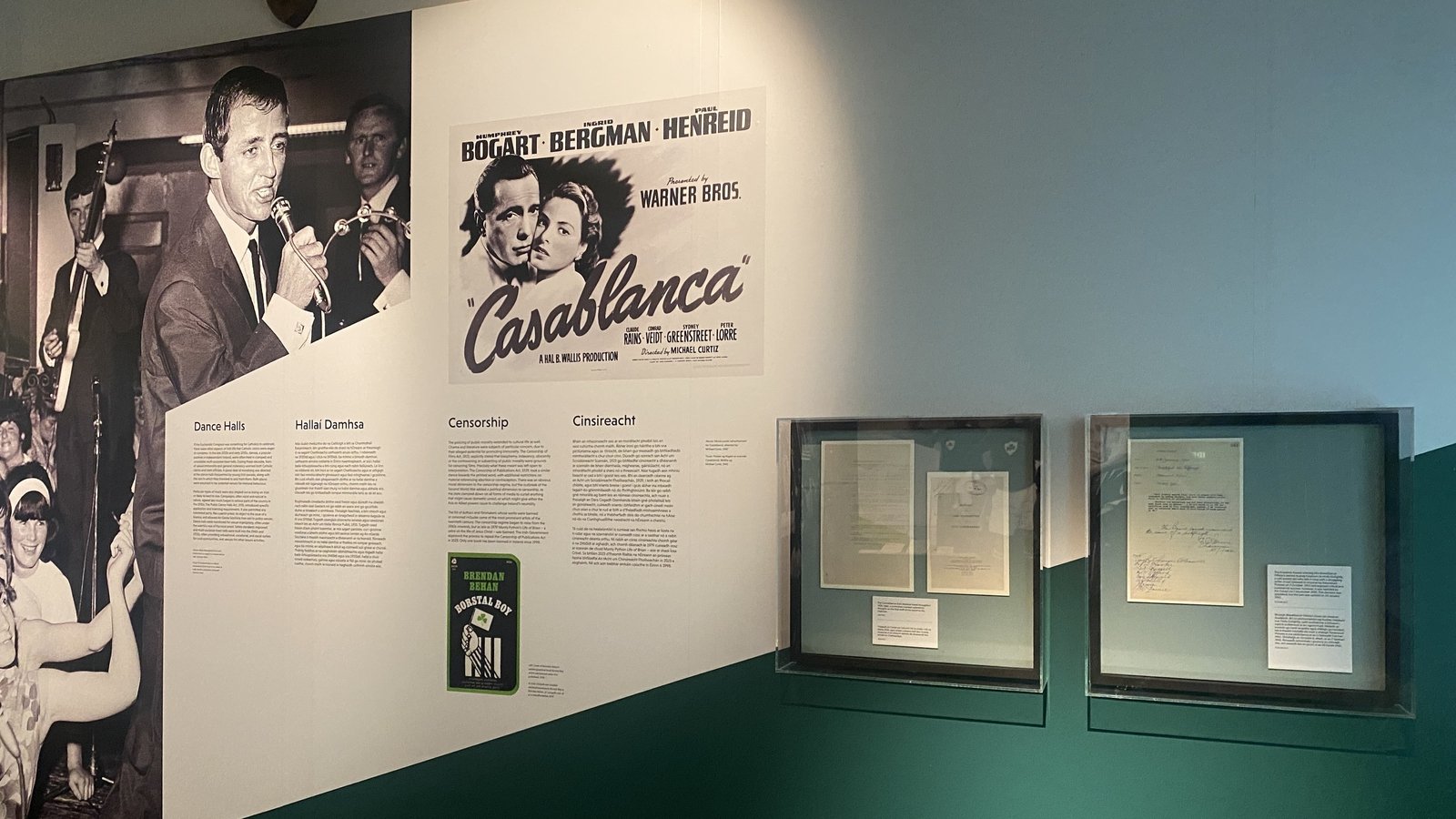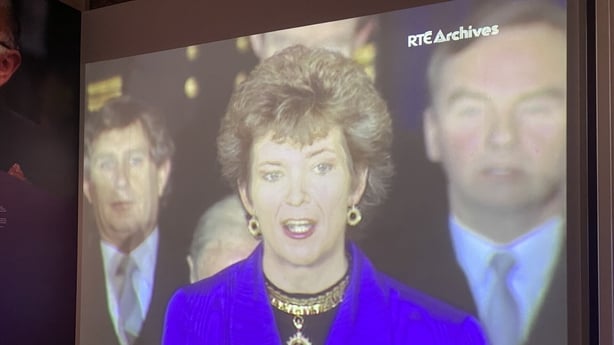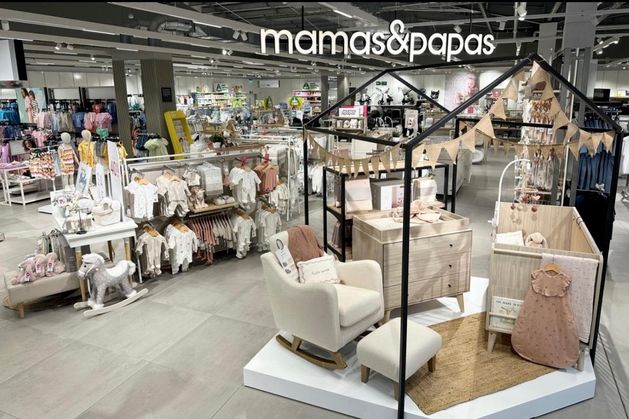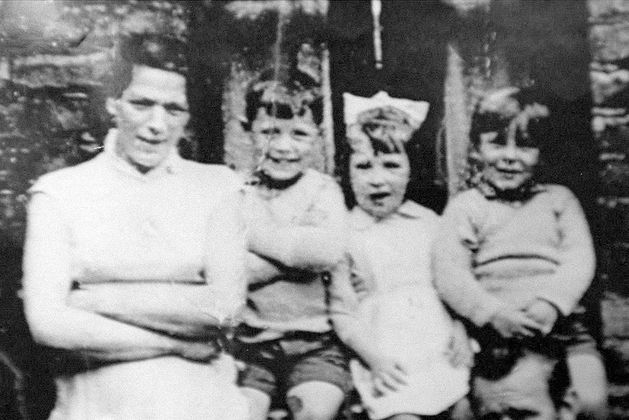Fashion
Exhibition to mark 75 years of Ireland becoming republic

An exhibition of records presented by the National Archives will open tomorrow to mark the 75th anniversary of Ireland becoming a republic.
Using the 1926 census as a starting point, the exhibition charts how the State and Irish society interacted from the 1920s to the end of the twentieth century.
More than 100 records have been chosen highlighting certain events and moments over the last century.
The exhibition, entitled Society and State – Ireland through its Records, begins with the 1920s and 1930s as a period of post-independence expansion following centuries of British rule.
The first census of the Irish Free State provided the Government of the day with a statistical picture of Ireland and its people.
The exhibition highlights how a programme of development began in the 1920s despite the economic challenges faced by the new State.
It marks the introduction of social housing, water and sewerage schemes, the electrification of rural Ireland and how the physical infrastructure of the country was transformed and modernised.
The exhibition shows how symbols of Ireland such as the Irish harp and the ‘punt’ were produced and how public morality was shaped by the increasingly central role played by the Catholic Church in the affairs of the State.
The enormous spectacle of the 1932 Eucharistic Congress features in archival footage.
Millions attended the event which was used to show at the time that the new State was succeeding.

Many Irish people went to the cinema and sporting events and to dances and gigs, which were sometimes met with disapproval and censorship.
An example is a document refusing (on appeal) the release of Breakfast at Tiffany’s in Irish cinemas.
The exhibition ends in the 1990s with the landmark election of Mary Robinson and the liberalisation of Irish society.
There are over 50 million records in the National Archive collections.
A census was conducted every ten years from 1926, according to Director Orlaith McBride, which she has said mirrored the evolving State.
“From emigration to economic growth, from free secondary education to the lifting of the marriage bar, the twentieth century witnessed transformative improvements in public services in Ireland as well as momentous social and cultural changes. A nation was built,” she said.
Minister for Culture Catherine Martin opened the exhibition and said that following the Decade of Centenaries, it made sense to “gaze beyond 1923, to explore the society that emerged thereafter”.
“As we approach the National Archives’ release (in 2026) of the 1926 Census, the first comprehensive and official accounting of the state that had so recently come into being, we look back on the official records held in the National Archives and explore what they reveal about life in Ireland since it came into being over a century ago,” Ms Martin said.










